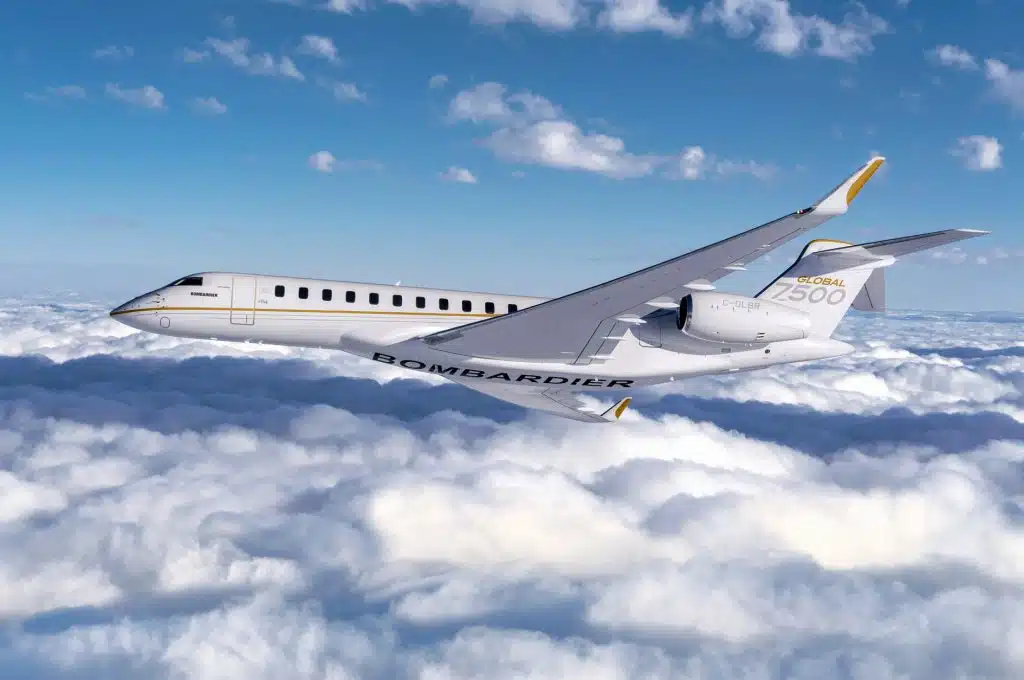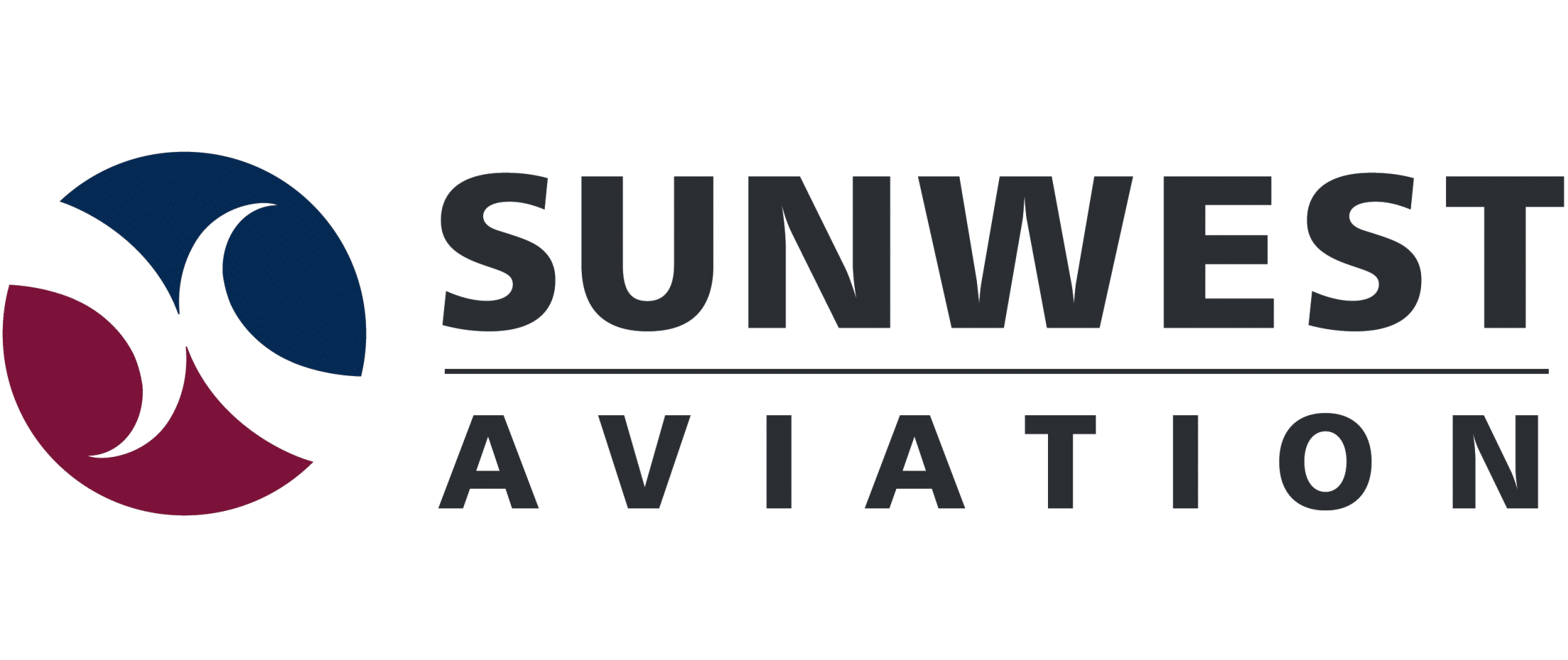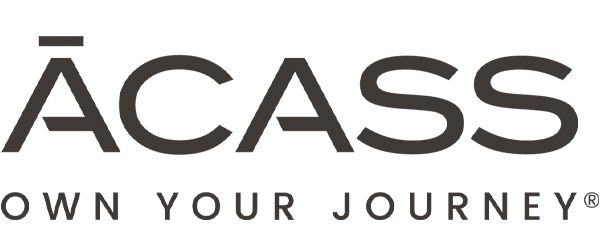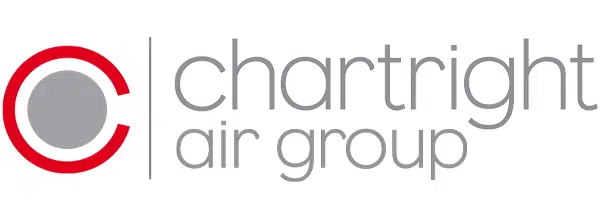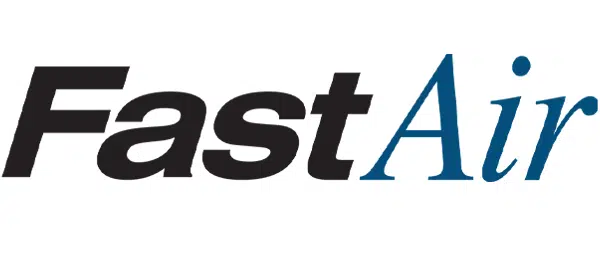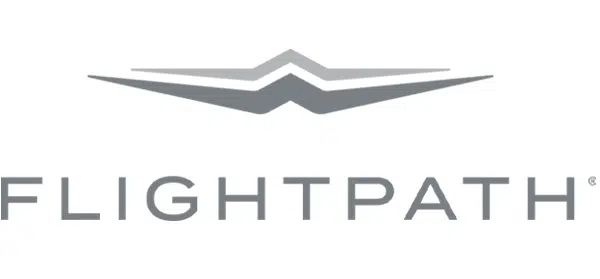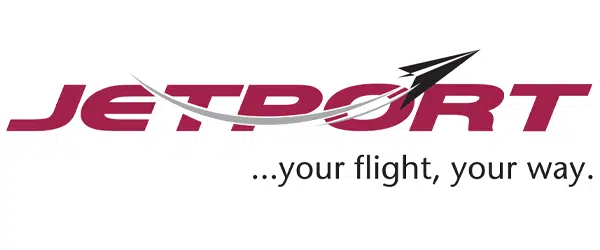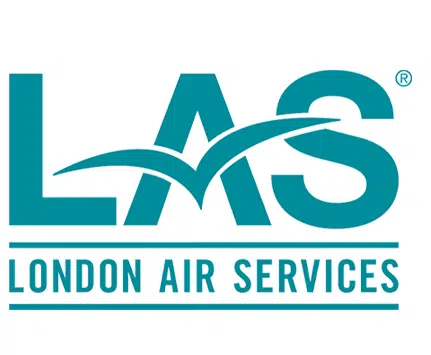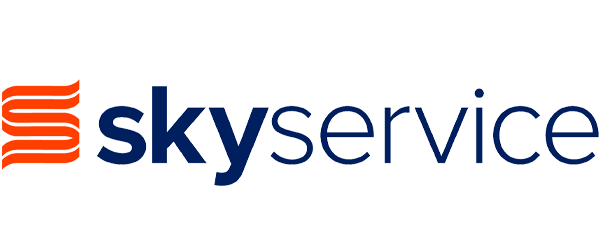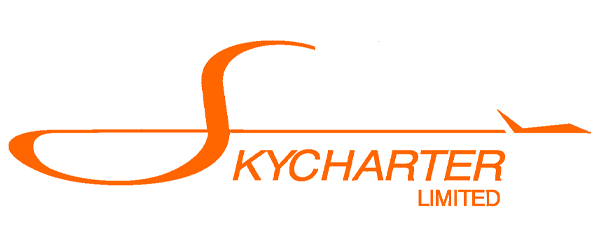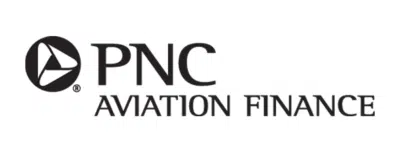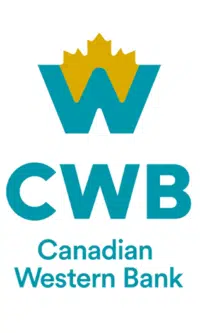Clear Skies Ahead for the Business Aviation Industry?
To say that commercial aviation has experienced a rough couple of years since 2020 would be an understatement. Mass cancellations, endemic delays, widespread staff shortages and lingering wariness of potential COVID-19 exposure have put the aviation industry in the headlines for all the wrong reasons. This summer, Toronto’s Pearson International Airport was ranked the worst airport in North America for flight delays caused by staffing and operational issues. A whopping 52.5% of scheduled flights were delayed and 6.5% cancelled between May 26 and July 19, 2022. The airport chaos this past winter holiday season caused hundreds of flights across Canadian airports to be delayed or cancelled, leaving thousands of passengers stuck on tarmacs, stranded in airports, and with their luggage indefinitely lost.
Business Aviation Industry Prospering
Meanwhile, and certainly partly because of the stress and unreliability associated with flying commercial airlines, the business aviation market has been thriving. What is more, the business aviation industry is forecasted to continue flourishing despite the new COVID-19 outbreak in China, high fuel prices and soaring inflation. Private jet travel in North America increased by 17% in the first half of 2022 compared to 2019 pre-pandemic levels. In the United Stated, business jets make up a quarter of U.S. flights, while in Europe business jet use has increased by nearly 53% since 2021.
This has been good news not only for aircraft manufacturers like Bombardier, whose backlog today exceeds $14 billion. According to JETNET, a company that provides business aviation market research, strategy and forecasting, the preowned business aircraft inventory lies at 7.6%, indicating that the demand for used business jets remains high.
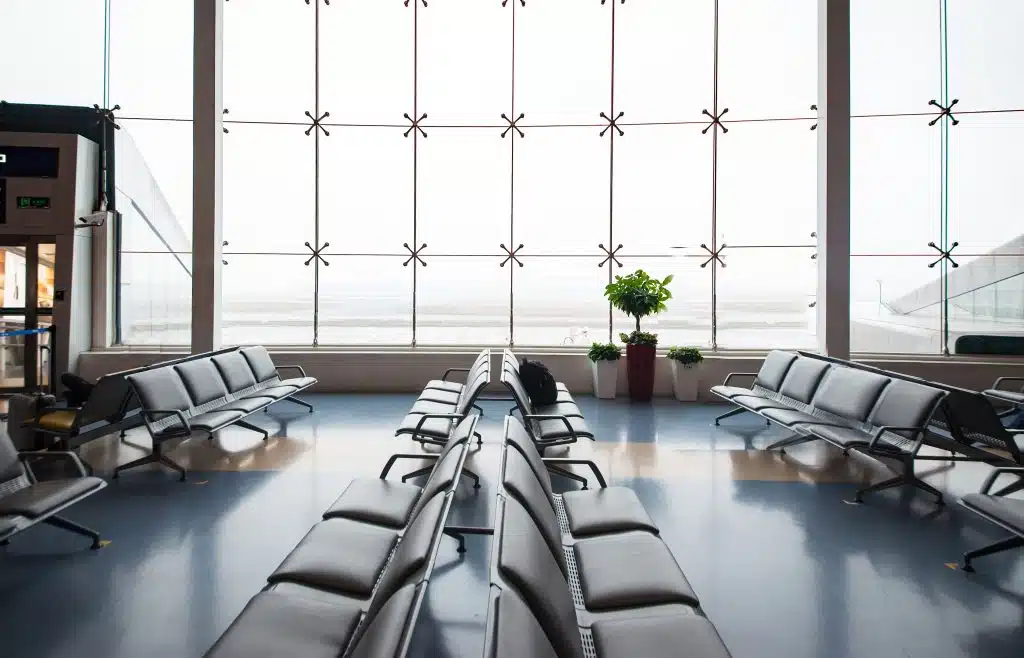
What Is Behind the Business Aviation Market’s Success?
Affordability of Business Jets
While flying aboard a business jet is a niche market, it is creeping down the income scales and becoming more accessible. No longer does one have to buy a multi-million-dollar airplane to have the business jet experience. Fractional ownership allows for the purchase of a share of a plane and a set number of corresponding flight hours per year. NetJets and Flexjet in the United States, and AirSprint in Canada, all offer aircraft fractional ownership opportunities in North America.
Chartering a business plane is another option. In Canada there are numerous aviation management companies that manage their client’s aircraft, and also possess the ability to charter these aircraft out to the general public. These charter service providers can allow individuals to access the business jet experience for a price that is often comparable to commercial first-class class tickets. Fractional and charter flights made up an unprecedented majority of North America private flight hours in 2022, overtaking flights for the benefit of aircraft owners.
New fractional ownership and charter opportunities across North America are bringing business aviation to the general public, and as long as health concerns remain top of mind and airport chaos rages, flying with business aviation will increasingly become an alluring and easy to rationalize alternative to commercial aviation.

- Negotiability of APU
- Navigating Spare Parts in Aircraft Purchase Agreements
- MSP Agreements in Aircraft Purchase Transactions



